Needle and Thread Cartooning - The Bayeux Tapestry
Cartooning has an ancient etiology. It allows for pictorial transmission of the religious, political, social and other messages of a culture particularly to those not literate. And over the ages has involved various forms from ancient Egyptian temple base reliefs, through Medieval stained glass windows and wall tapestries, to Renaissance frescos and beyond to 'The Far Side' of Gary Larsen.
Now, I wanted to play round for a bit with the justly world famous Bayeux Tapestry, which in fact is not a tapestry at all, but an embroidery of stitched woollen yarns on linen.

Its origins are uncertain - some suggest it was crafted in Kent in England. Now in Bayeux in north west France, it first appears in written records in 1476 as an entry in an inventory of this city's cathedral treasury as 'a very long and narrow hanging on which are embroidered figures and inscriptions comprising a representation of the conquest of England'.
It was probably commissioned by between 1070 and 1080 by Bishop Odo for his new cathedral at Bayeux, the church being completed in 1077. The tapestry was to commemorate the victory in 1066 of William the Conqueror (Ode's half brother) over King Harold at the Battle of Hastings. And to legitimize William of Normandy (in France) as the new ruler of England. The bishop subsequently also became Earl of Kent, hence the proposed origin of the tapestry.
The panorama of scenes of the work (including 11 Hastings battles) is accompanied by a Latin text, and bordered above and below with a band of often symbolic imagery, all of which has helped the rise of an impressive scholarship around the 70 metre embroidery. Each scene can now be identified, along with its actual participants (from the border heraldic emblems). And other iconography can be decoded.

Two of the most famous protagonists are of course King Harold Godwinson and King William the Conquerer, both shown in kingly mode:


With the transferring of kinghood being achieved by the Harold coping one in the eye with an arrow, as in the renowned scene below. Well, famous at least for school persons reading books designed to give the Norman (as opposed to Anglo-Saxon or other) view of history.

This scene is followed by the lesser-known but moving pre-burial scene of Harold:

There are lots of nice juicy battle scenes, which give a clear picture of how such conflicts unfolded, what weaponry was used and what protective armour and other clothing worn and so on - so great for social history:



And heaps of other stuff.
But the one thing I find most fascinating is the recording of the 1066 appearance of Halley's Comet. I particularly love the sense of wonder on the observers' faces (all those down-turned mouths!), as they point towards the heavens in the second image:


So as well as all else, this astonishing object documents the state of scientific knowledge at the time.
This is not to say that the tapestry is necessarily to be taken as an accurate record of all things it portrays. It is primarily a bit of propaganda to write (and re-write) a new Norman history for the island. But with this in mind, it has lots to say about the Romanesque world on the C11.

![C18 Bronze Buddha [Southern China]](https://blogger.googleusercontent.com/img/b/R29vZ2xl/AVvXsEioLkgVKuhDoIHQgM1X6Oe2hGn75yqaj4OJXPmNpumXmQPKxB22S57YS5DVrl1P7zl7BS6EFpAtaNZPze7gzVCRiQI54bwdHhVa4fGr7NOChZwTZoo92gUen6tC5U8gWIy_pv92U0FB38M/s1600/Buddha+%255BBronze%252C+C18%252C+China%255D+1.jpg)




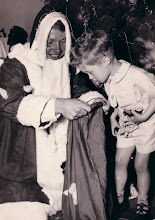







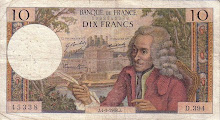
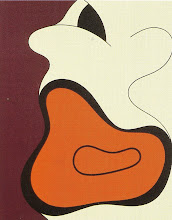+1998+Cropped.jpg)

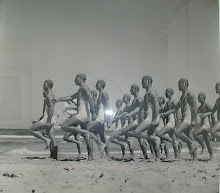
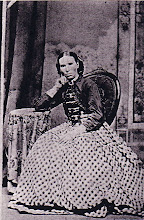



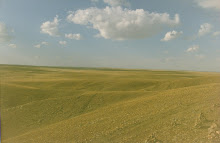



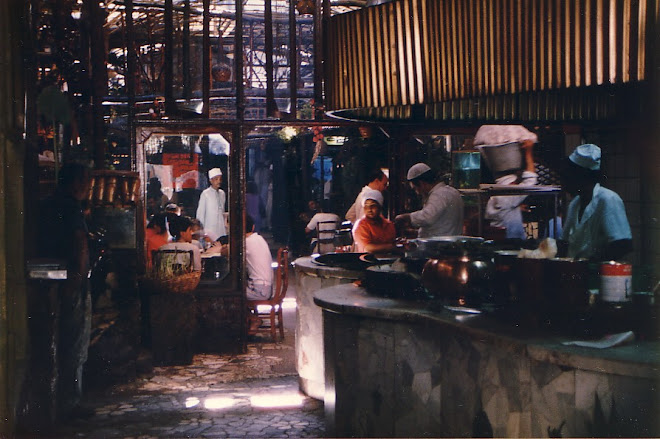

I love your summation of the tapestry! I actually got to see it in person along with a lot of other Parisian landmarks (well Bayeux is close to Paris)
ReplyDelete